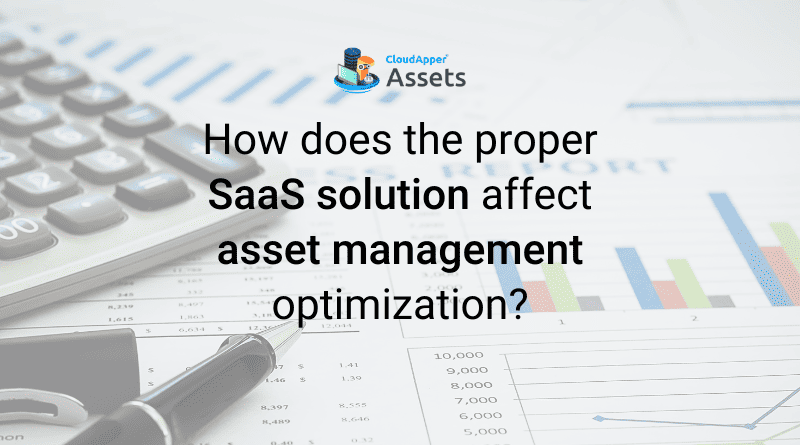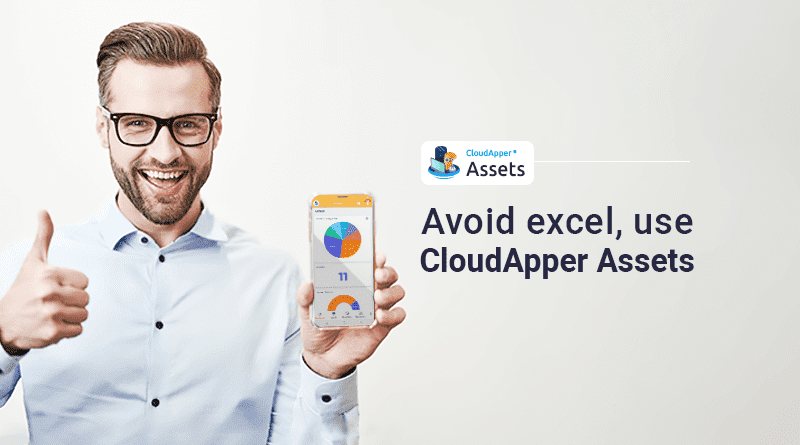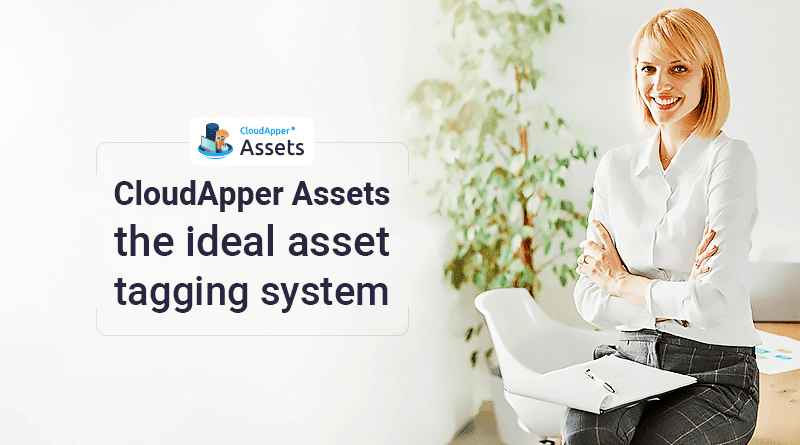Any business that wants to succeed needs to have a set of guidelines to abide by and a management team that can determine what is best for the company overall. An organization has many assets, and its performance is directly impacted if those assets are not managed properly. Luckily, with the help of software like Asset Management Software, your firm can now manage assets more effectively thanks to the advancement of technology. To manage these assets and maintain business flow, our software offers a systematic approach.
There is a lot of competition in business nowadays. Thus, it is crucial to stay updated at all times. Thankfully, when it comes to this, SaaS technology can be useful. Software as a Service, often known as SaaS, allows you access to all operations and keeps you updated. SaaS offers several benefits to businesses, particularly in terms of flexibility and cost savings.
Asset management software does not solve the problem; it goes well beyond that, even in an organization’s environment. The software must be properly optimized to produce the greatest outcomes.
Let’s jump right in and try to understand the optimization points for Asset Management with the appropriate SaaS solution.
What Exactly Do Asset Management and Planning Mean?
Asset management is a scientific approach to the governance and awareness of costs from the things that a group or entity is responsible for over the course of their lives. It might also apply to both tangible and intangible assets.
Over time, it helps an organization’s overall wealth increase. The value increases as the potential does.
A Little About Asset Management Planning: Every business has specific standards for providing services, and to uphold those standards, tactical plans are put into place to manage any firm’s infrastructure.
Asset management planning refers to the overall planning process. Successful asset management is the key to a growing business.
Proper Asset Management Software Optimization
Software must first be implemented in the organization after its requirements have been thoroughly investigated. To ensure there are no loose ends, it must then be integrated and modified appropriately.
It’s not simple to integrate it with the appropriate SaaS solution. Thus, let’s start by defining what SaaS software is.
Software as a service, or SaaS, is a software distribution model. In this case, it is a cloud provider host app (such as Asset Management Software), and SaaS’s responsibility is to make those applications accessible to us online.
Correct Optimization Points for SaaS Asset Management
Usefulness
Determining whether a business requires SaaS Asset Management Software prior to installation is crucial. What kind of software, if any, would work best? After that, it must be installed before being appropriately represented on SaaS.
Operational Monitoring
Knowing what sector a firm operates in is crucial as the workflow and operational effectiveness vary depending on the industry. Therefore, it is crucial to have this operational understanding so the SaaS can manage and present assets accordingly.
Data-driven Strategy
Decisions made by organizations are based on data. To integrate data with the SaaS solution effectively and make the most of it for subsequent decisions, it must first be transparent and free from prejudice.
Avoiding fraud
An organization can increase its effectiveness by removing duplicate apps with the help of a SaaS solution. Identifying duplicate assets is one example of this in the context of asset management. This allows an organization to appropriately enter the assets into the system.
Upgrading Assets
Asset management calculates depreciation to determine when an asset will become obsolete. There are periodic renewals of assets. As all the apps are unified and one can receive the best price for everything, the renewal of assets can now be simplified with the SaaS solution in hand.
Future Purchases
When managing many assets, an organization must always plan with the impact of each item on the workflow in mind.
It can be relieving to know that your assets are managed and optimized effectively by the program. Thus, it becomes crucial to display the true data in any system you employ.
Conclusion
Your company must implement the proper set of optimizations. Companies spend a lot of money on various application sets, but what if they are not tailored to their requirements? In this case, they’ll never achieve their goals.
When a business wants to manage its assets, managers make the wise yet crucial decision to invest in asset management software, which they must then optimize. In the paragraphs above, we discussed the SaaS solution and its proper optimization. To see the possible outcomes, one must research it and put it into practice.

















